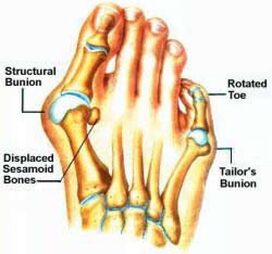|
5/5/2020 4 Comments Bunion ManagementWhat is a bunion?
What are the common signs/symptoms?
What are the risk factors?
Can I prevent bunions from getting worse?
What can I do to improve my bunions?
Shiel,W.Bunions(HalluxValgus). https://www.medicinenet.com/script/main/art.asp?articlekey=2552. Accessed April 4, 2020. Howell,L.Does Pointe Work Cause Bunions? https://www.theballetblog.com/portfolio/does-pointe-work-cause-bunions/Updated August 31, 2010. Accessed April 4, 2020.
4 Comments
|
CategoriesAll Cross Training Injury Prevention Nutrition Recipes Wellness Archives
October 2021
|

 RSS Feed
RSS Feed